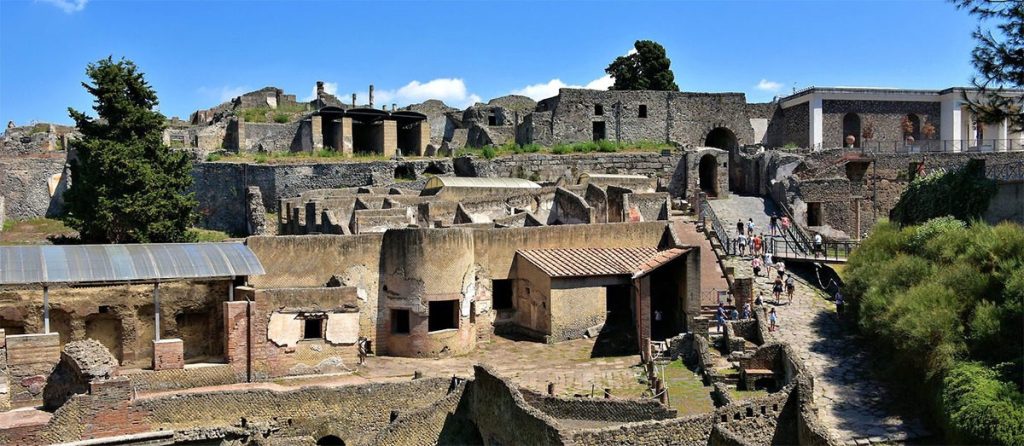
Pompeii, a city on the western coast of the Italian peninsula in Campania, was buried on the fateful day of August 24, 79. The eruption of the volcano and the resulting tidal wave that killed up to a quarter of the city’s population and peeled back the ancient layer of volcanic rock overlying the city have long been Mystery duology’s sole indisputable cause of death.
A friend who does business analyst training and recently came back from Pompeii told me, “Boats containing relics have been ransacked and asked all throughout Italy, and no one is more disturbed at the thought of missing any of them. The problem withFinding missing boats is that the Orbis E5- transits them are very difficult to determine, as the ships were likely sunk before they could even be discovered, so there is no way to know if they are still floating in the water long after they were lost.”
Portugal has similar problems. The Minho reservoir has vast numbers of sunken boats that can only be reached by specially made rafts and that has lead toajogalho (shore drift) fishing being the main source of livelihood for the locals.
Both Japan and France have large areas of ocean where their navies can no longer operate and have caused extensive damage to their fleets. In the case of sinking ships it is more likely that divers will be the source of finding them than finding them in an ocean with no life at all.
shallow seabeds are the ideal habitat for creatures like Turtle Turtle, who require large areas of protected habitat in order to breed successfully. Herds of Giant Otters and Seals can also be found in some parts of the world, and while they may predatorfish in other parts they prefer to be submersged, at least for the certain duration of the dive.
Of course the larger ships are not forever lost. They simply get put out to sea when they are not required, or they fall apart. In the case of the Japanese whaling industry the colder waters provided an ideal environment for breeding and laying their eggs.
Australia, New Zealand, Indonesia and several other countries have active whaling programs and in some cases populations of whales can be viewed during dive excursions in the Southern Hemisphere, but in most instances it is more likely that you will find them washed up on the shoreline, rotting away in the salt water, or on the shore itself. Whales provide an important link with the great white shark, having done so in the past thousands of years, and are now threatened by extinction. That is why today there is such a renewed interest and effort to preserve their habitat, and why some of the countries with whale watching programs also have active whale conservation and research programs.
You will find convenient whale watching tours in areas such as the southern California, Vancouver Island, Tasmania, and off the coast of Australia, New Zealand, and various Australian states (13 in New Zealand, 4 in Australia, 4 in Canada, and 1 in South Africa).
